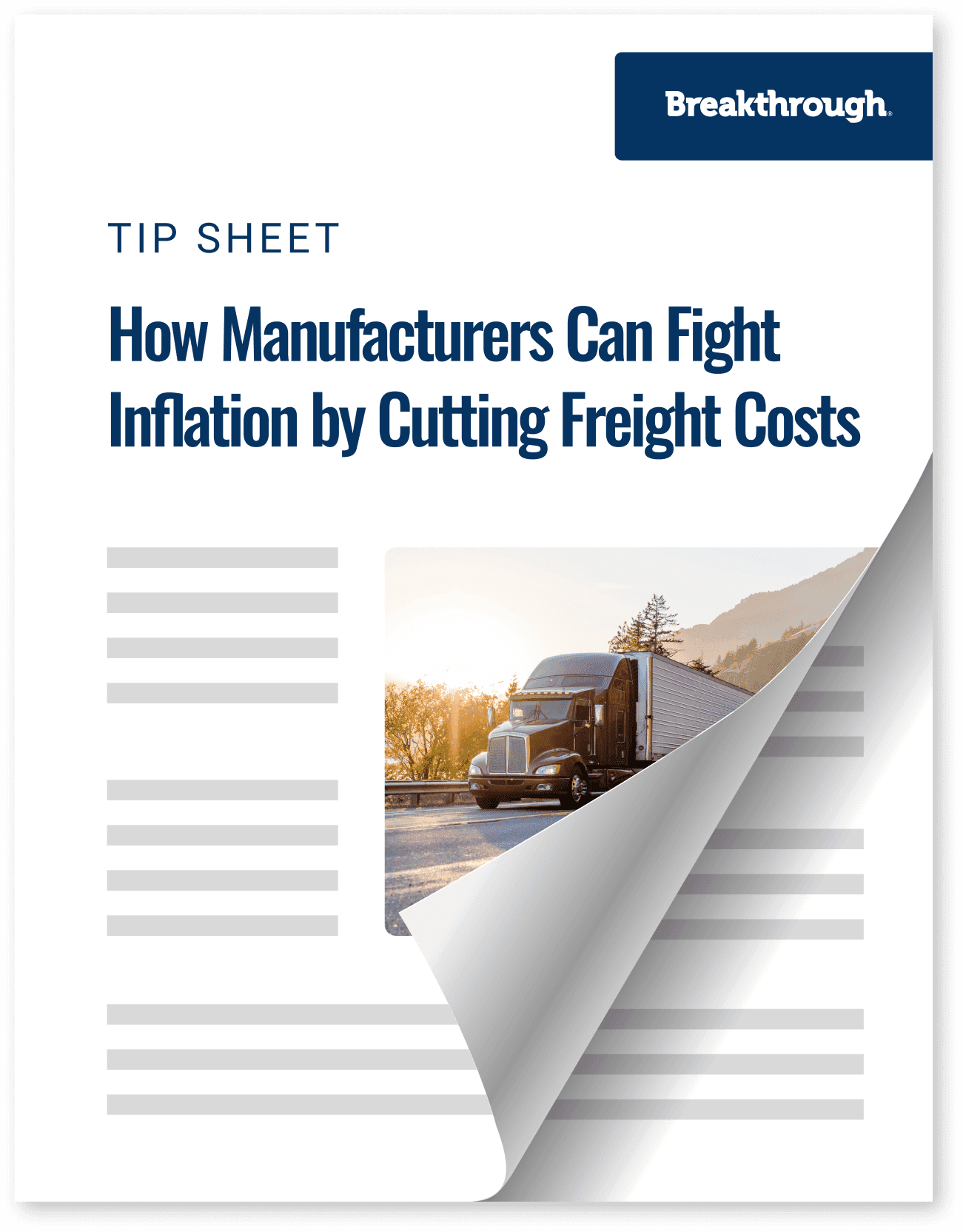制造商如何通过削减运费抗击通胀

热门职位
分享:
准确评估运输碳排放并优化效率,首先要选择精确而非假设。根据《2025 年运输状况报告》,87% 的托运人已经制定了与可持续发展相关的长期运输目标,但这些目标需要可行的洞察力才能实现。
要实现运输网络的去碳化,首先要计算出准确的排放基线。但是基线的准确性取决于数据的质量。虽然平均值和默认值看似方便,但在决定如何减排时,它们并不理想。原始数据需要更多的技术和资源,但它带来了无与伦比的精细度,从而释放出车道级别的机会,提高可持续性和运营效率。
原始数据可直接从承运商处获取具体装载级别的详细信息,包括燃料消耗和所用燃料类型的碳强度。注重准确性和可操作性的托运人更有能力计算出精确的排放基线并确定减排机会。
例如,在涉及一辆卡车拖车、铁路和另一辆卡车拖车的多式联运中,主要数据可确保您获得每个组成部分的信用,而不是将整个运输过程归纳为卡车运输。这种详细程度考虑到了燃料效率和替代能源的使用,为较低的碳强度提供了信用。
托运人还可以使用基于支出或每吨的方法,这些方法依赖于假设或一般排放数据。虽然这些数据很容易获得,但其精确度较低,在不同的运输方式、承运商和燃料类型中会分配相同的数值。缺乏精确性会妨碍有效的规划,从而难以确定机会并在实现可持续发展目标方面取得可衡量的进展。
跟踪和减少运输排放是致力于实现卓越运营的托运人的首要任务。原始数据为实现精确、更明智的决策和更快的改进提供了机会。
有了原始数据,托运人就可以自信地报告排放量,并确定造成碳足迹的具体因素。这种详细程度提供了精确的排放基线,从而减少了错误,并将对通用排放系数的依赖降至最低。
在掌握了主要数据后,托运人可以准确定位减排机会,例如模式转换或提供替代燃料的通道。及早采用这些数据驱动战略可提供先发优势,使托运人成为可持续发展和优化的领导者。
原始数据提供了对低效率的实时可见性。这样,随着公司的发展,可以更快地更新排放量,并支持符合公司可持续发展目标的有针对性的减排策略。由于排放量会因装载量、替代能源、承运商燃油效率和运输方式的不同而波动,托运人可以更快地了解他们的决策如何影响运输排放基准线。
对于托运人来说,收集原始数据的过程可能会让他们感到力不从心。庞大的数据量、不一致的数据质量以及将数据合并到一个系统的过程都是造成复杂性和耗费时间的因素。
我们的Fuel Recovery解决方案可收集、组织和处理装运级数据,以计算基于市场的燃油补偿。利用这一数据集,托运人可以计算出准确的排放基线。Fuel Recovery 消除了人工数据收集,确保了一致性,并节省了整个运输业务的时间。
通过直面这些挑战,托运人可以减少对数据收集障碍的关注,而更多地从可持续发展的角度来加强决策过程。
通过原始数据,托运人可以深入了解对其运输排放基线有重大影响的货物、通道和承运商。通过利用这些数据,托运人可以根据排放影响、实施难易程度和成本确定其网络中的区域,从而采取有针对性的行动。
例如,托运人可以使用综合生产率平台,对在相似地区运营、货运类型和货运量相当的承运商进行比较。分析装载量数据有助于发现运输网络中的低效环节,以便托运人实施节约成本和提高供应链绩效的战略。
此外,原始数据通过提供精确的详细信息(如燃料类型和具体的排放输出)简化了监管合规性,以确保托运人轻松满足要求。
原始数据是准确的排放报告和有效的可持续运输战略的关键。通过超越平均值,托运人可以获得精确度,从而发现推动可衡量和有影响变化的机会。CleanMile 是我们的运输排放管理解决方案,它使用装载量、实际或模型燃料消耗量来计算各运输段燃料类型的碳强度。这简化了排放跟踪,提供实时见解,从而提高效率,降低成本。有了 CleanMile,可持续发展变得易于管理,使托运人能够以创新为先导,实现他们的目标。
CleanMile
了解我们的可持续运输解决方案如何为您提供支持。
